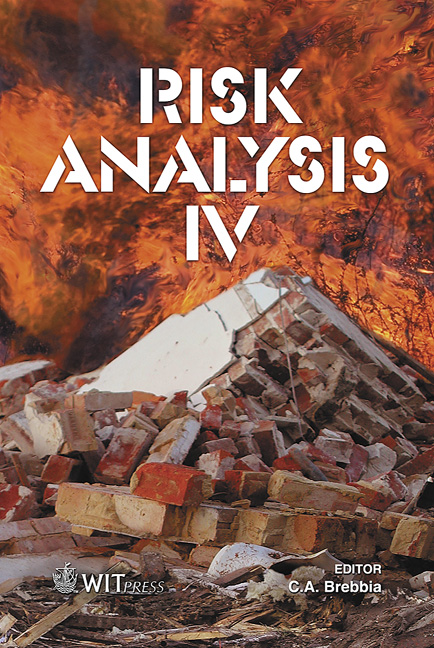The Sioux Falls Brownfields Project: Analysis Of Project Issues And Tools Used
Price
Free (open access)
Transaction
Volume
77
Pages
8
Published
2004
Size
232 kb
Paper DOI
10.2495/RISK040401
Copyright
WIT Press
Author(s)
K. M. Atencio
Abstract
This paper will summarize the Sioux Falls Brownfields Project that was awarded by the Environmental Protection Agency in 1997. It will provide a background to the project along with the issues and the tools that were used by the project team in order for the project to move forward. The emphasis of the paper will be about the lessons that were learned which will assist other communities that are found in rural areas that don't have the experience that is typically found in more populated areas. Some of the issues that will be discussed include access issues; sites with existing operations; unknown cleanup standards; and the City’s potential liability. This project has been a learning experience for all of the stakeholders and will eventually result in the success of a new park and creation of a commercial/retail redevelopment area. The downtown has slowly emerged from distress. Once the final milestone is completed, it will be a significant step in revitalizing the rest of the downtown area of Sioux Falls, South Dakota. This project will be used as a model for other smaller communities located in areas that are considered to be rural because of population size. Keywords: brownfields, Sioux Falls, project management, issues, tools, EPA. 1 Introduction The Sioux Falls Brownfields project (the \“site”) is located on the Big Sioux River corridor at the north edge of Sioux Falls Downtown. The site was used as a former salvage operation, a brickyard, railway tracks, and a public riverbank. The majority of the site was owned by Pitts Inc. which used the property for scrap metal salvaging, lead-acid battery storage, and shipping of metal parts. The site is approximately 17 acres and is bordered on the north and west by
Keywords
brownfields, Sioux Falls, project management, issues, tools, EPA.





